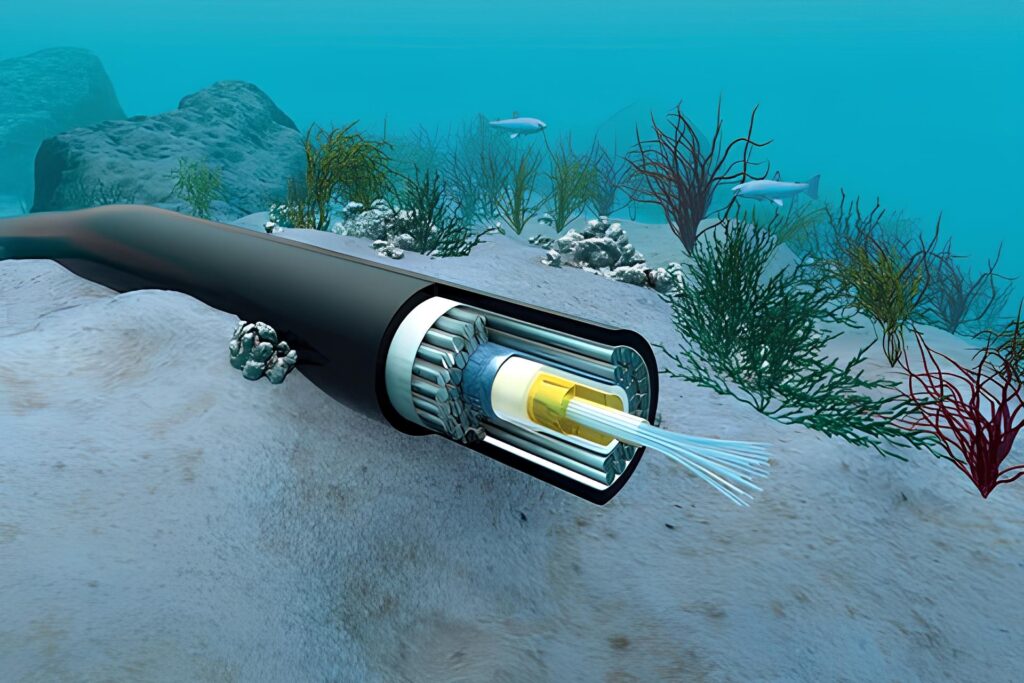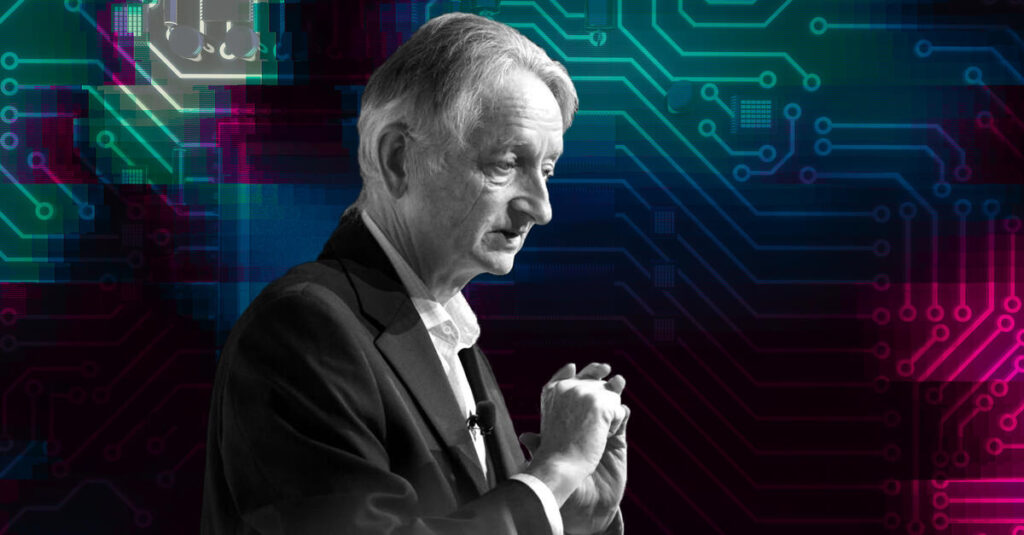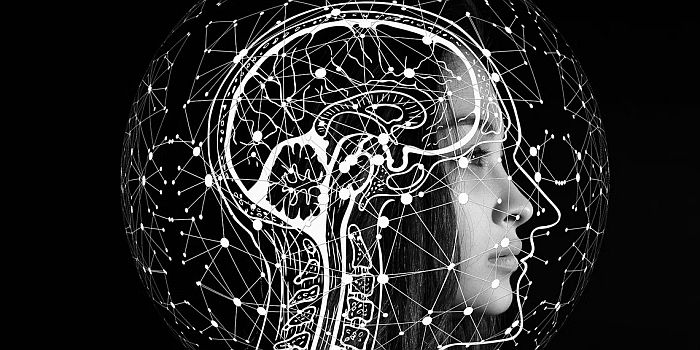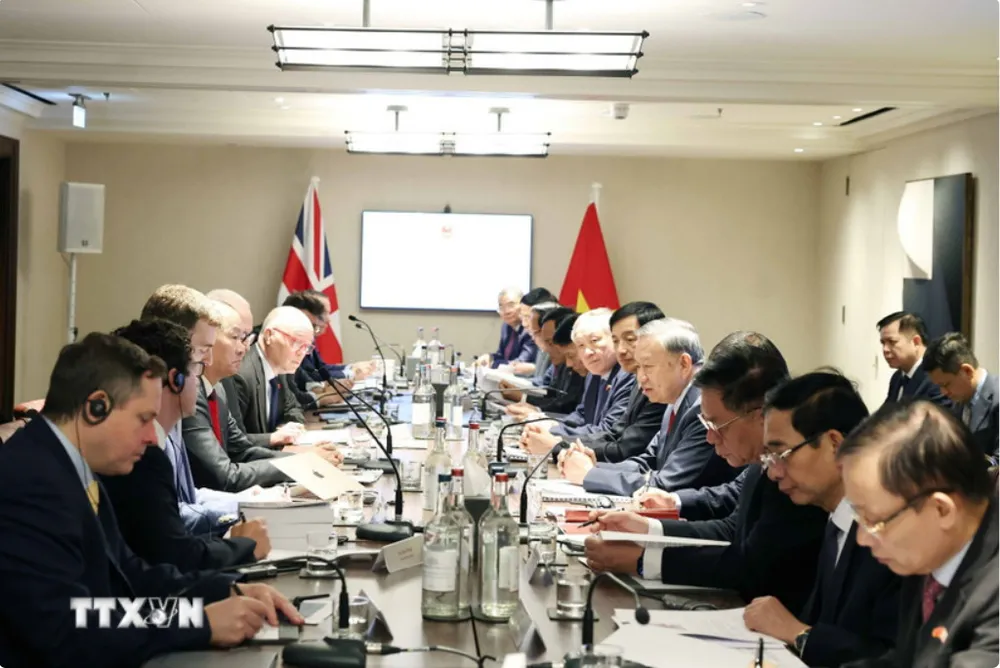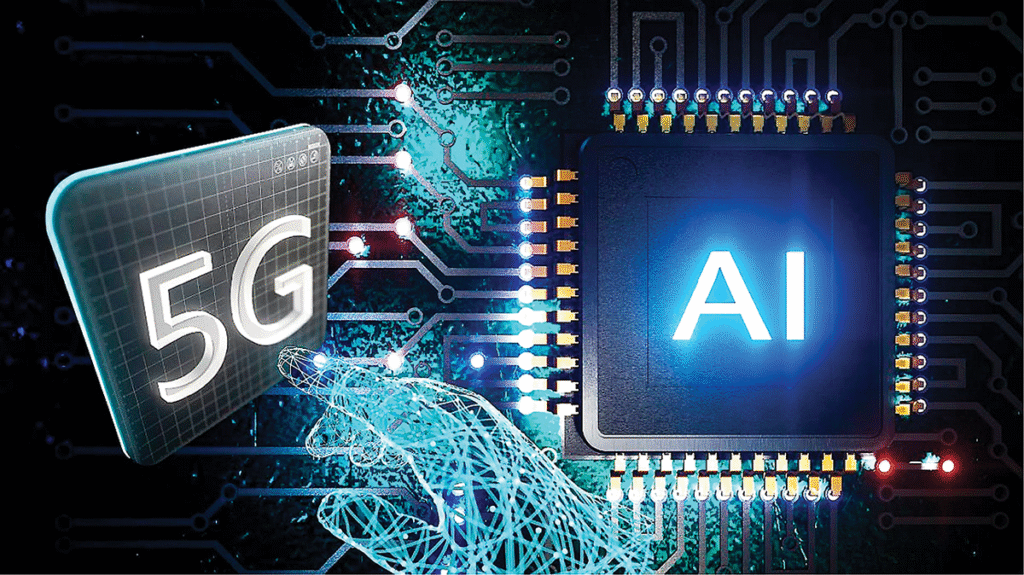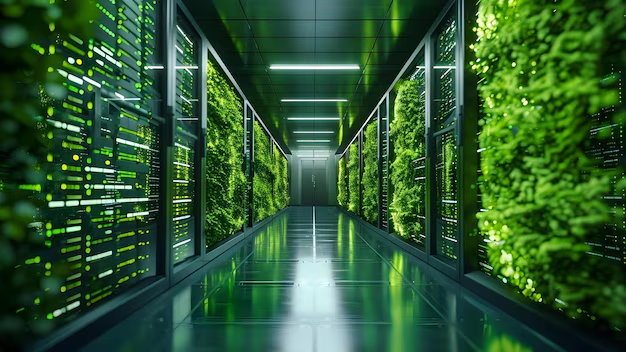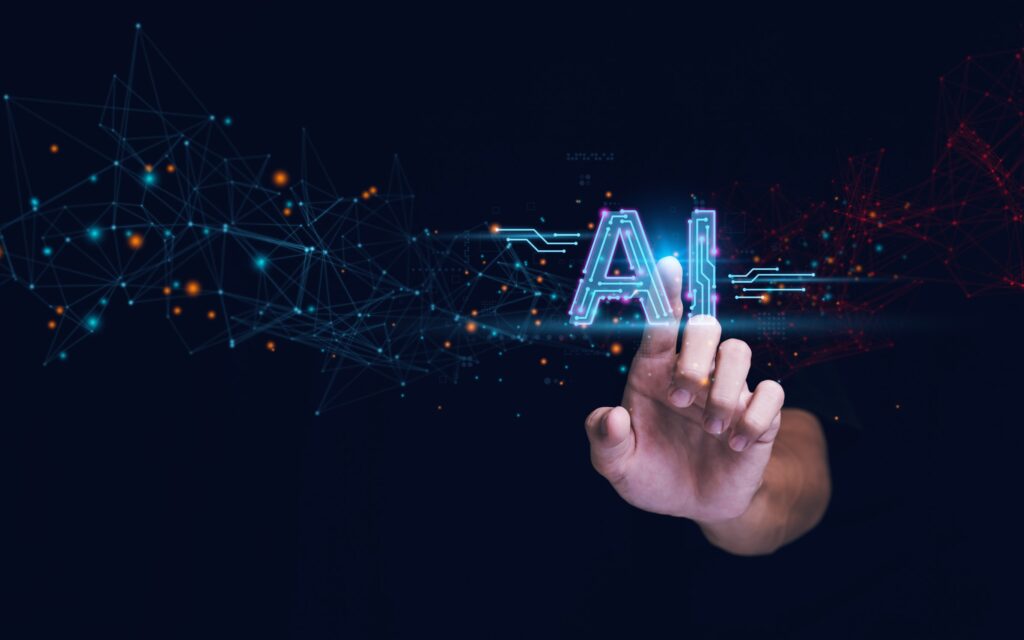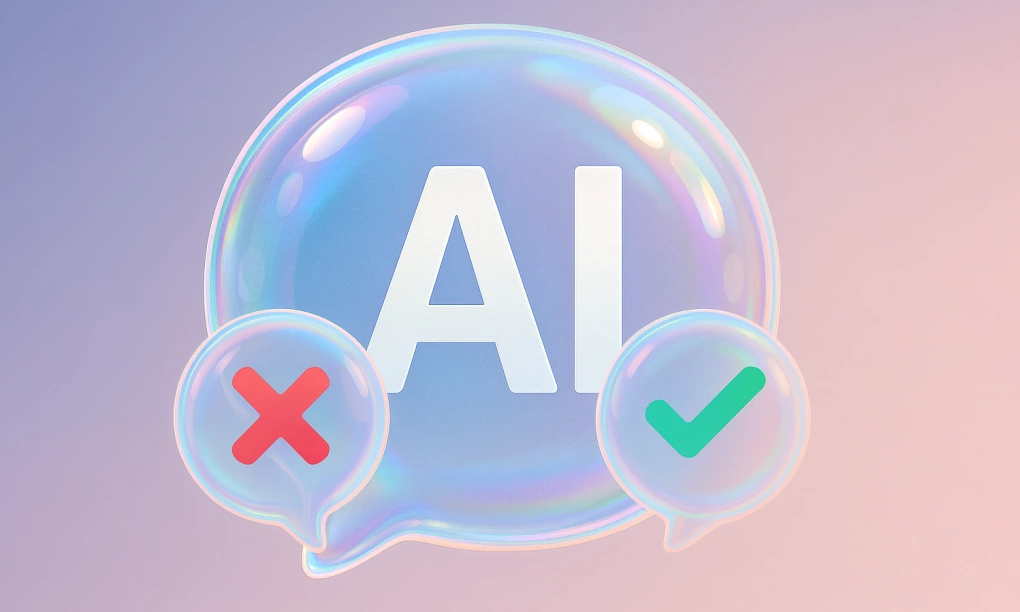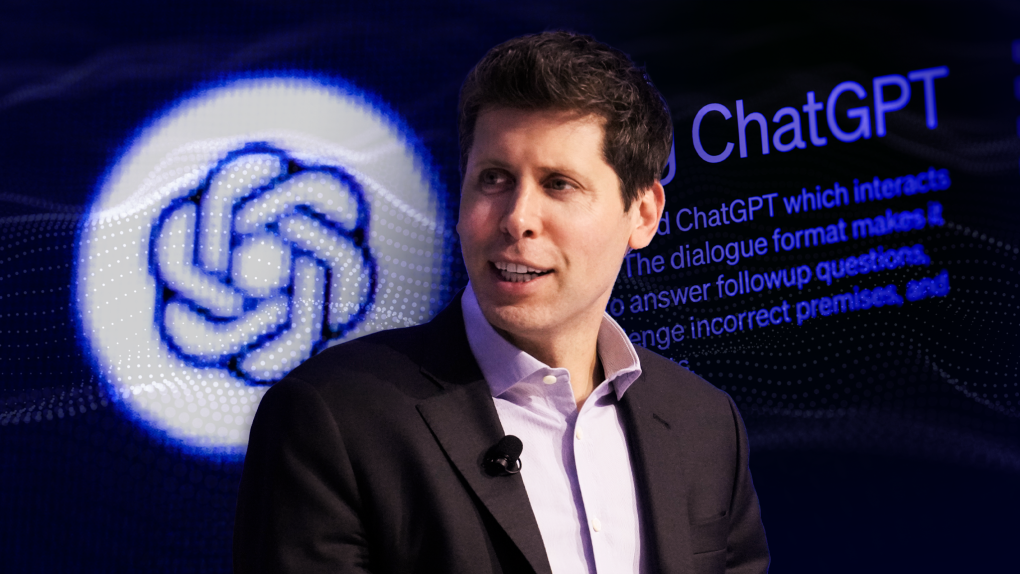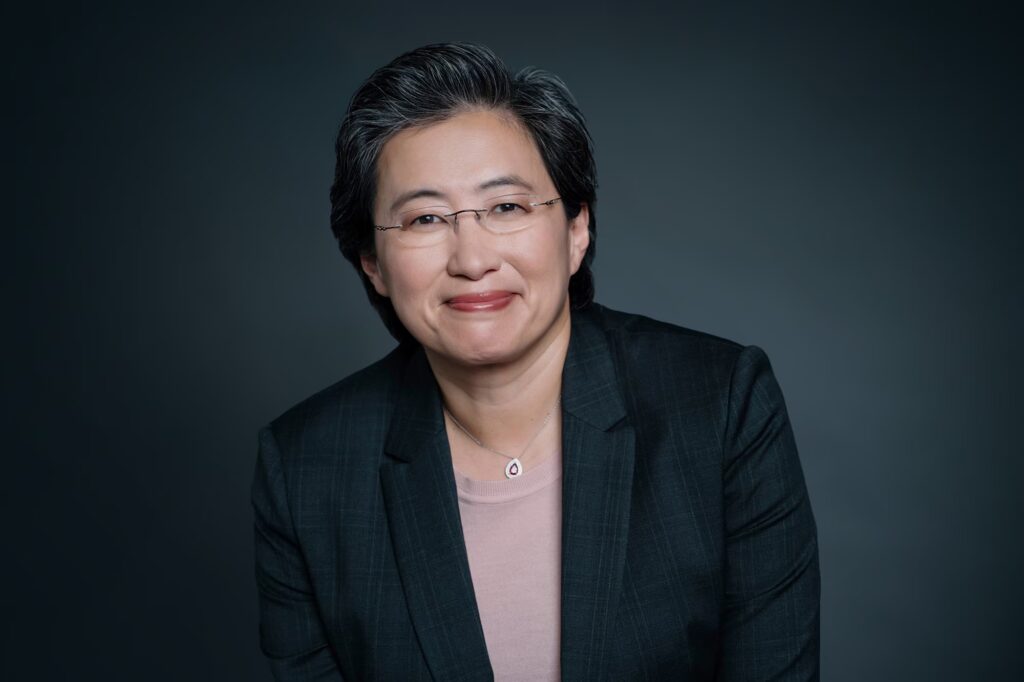Sora 2 and Sora Social Network: The AI Video Revolution, the Physics Challenge, and the Ethical Dilemma
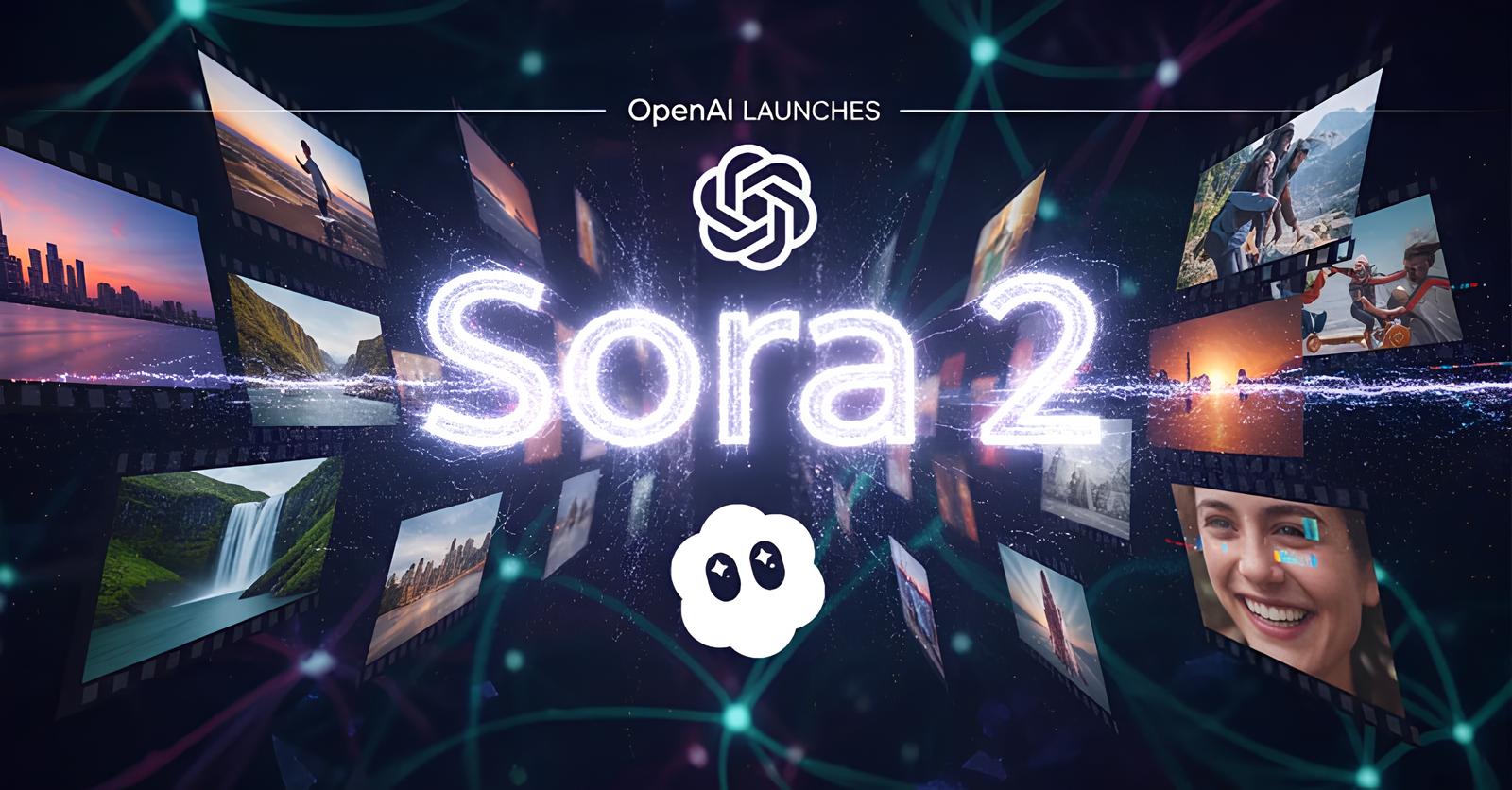
OpenAI’s simultaneous announcement of the upgraded video generation model Sora 2 and the dedicated social network platform Sora on September 30th is not just a milestone in the history of Artificial Intelligence (AI); it’s a direct challenge to the entire media, entertainment, and cyberspace industries. If the previous generation of Generative AI redefined text (ChatGPT) and images (DALL-E), Sora 2 officially opens the era of non-realistic, yet hyper-realistic video. However, this boundless creative capability comes with unprecedented ethical, social, and political risks. This article will deeply analyze the technological leap of Sora 2, the market strategy of the Sora social network, and, crucially, the risk control problem that OpenAI must confront.
The Technological Leap – When AI Conquers the Laws of Physics
OpenAI has boldly claimed that Sora 2 “adheres to the laws of physics better” than its predecessor. This is more than just a marketing statement; it reflects a core engineering achievement in the fields of computer vision and deep learning.
1.1. Overcoming the “Reality Distortion” Error
In previous-generation AI video models, a persistent issue was the lack of temporal consistency and physical logic. Objects often appeared, disappeared, or interacted illogically. A classic example cited by OpenAI is in basketball footage: if a player misses a shot, the ball would still “cheat” its way into the hoop. Sora 2 is designed to fix this logical error. If the player misses, the ball will bounce off the rim following the correct physical trajectory.
This feature of “better physical adherence” is the result of training the model on a massive amount of data with a deeper understanding of “world models” (vật lý học). Demonstration videos, ranging from skateboarding stunts and volleyball matches to gymnastic routines, show an astonishing fluency, reaching a level that is “extremely difficult to distinguish from real footage with the naked eye.”
1.2. Expert Analysis: The Challenge of Spatio-Temporal Consistency
Dr. Tran Minh, a Computer Vision expert at the Polytechnic University, commented: “The greatest achievement of Sora 2 is not in its resolution or image quality, but in its spatio-temporal coherence. Maintaining the consistency of an object and its physical interactions (such as gravity, friction, and inertia) across hundreds of frames is one of the most difficult challenges in AI video generation. Previous models were merely a string of related static images; Sora 2 seems to have learned how to simulate the basic physical equations of the real world.”
According to Dr. Minh, the ability to accurately simulate bouncing, reflection, or deformation of objects will significantly expand Sora 2’s applications in industrial design, scientific simulation, and especially film production. He also noted that while competitors like Runway Gen-4, Google Veo, and ByteDance Seedance are all closing in on this level of realism, OpenAI’s public addressing of the physics problem suggests a fundamental model superiority.
1.3. Consequence: The Blurring of the Real-Fake Boundary
When AI video reaches the level of physical adherence and visual detail demonstrated by Sora 2, the boundary between machine-generated content and camera-recorded content will virtually cease to exist for the human eye. This raises serious questions about the authenticity of all future video evidence, from news and legal documents to historical events.
Cameos and the Identity Issue – The Thin Line of Personalized Deepfakes
The most noteworthy new feature of Sora 2 is Cameos, which allows users to insert an image of themselves into any AI-generated background scene. Essentially, this is a form of personalized deepfake, but controlled by a stringent verification mechanism.
2.1. Creative Potential and “Guest Role” Interaction
Cameos is more than just face swapping. It unlocks entirely new social interaction and creative possibilities. Users can instantly become the lead actor in hyper-realistic clips, from dramatic action scenes to hilarious comedy bits.
More importantly, the feature allows for sharing “guest roles” with friends, granting others permission to insert one’s image into their videos. OpenAI believes that “an engaging social network will be built on such ‘guesting’ features.” This is how OpenAI encourages community interaction and positions Cameos as a social element, not just a personal editing tool.
2.2. Proactive Safety Mechanism: The Anti-Impersonation Experiment
OpenAI is well aware that Cameos is a potential tool for impersonation deepfakes. Therefore, the company has implemented a strict verification process: users must upload an audio recording and video of themselves to verify identity and record their likeness.
Dr. Le Nguyet Anh, an expert in Digital Ethics and Privacy, considers this a crucial and necessary step. “This verification mechanism transforms the nature of Cameos from an impersonation deepfake tool into a permissioned deepfake tool. By requiring users to voluntarily ‘register’ their faces and voices, OpenAI is setting legal and technical barriers against misuse. However, it only solves the impersonation problem within the Sora platform’s confines; it doesn’t prevent the use of images of celebrities or politicians who don’t have a Sora account.”
Dr. Anh emphasizes that controlling access and use of this biometric identification data will be OpenAI’s biggest legal and ethical responsibility. If the verification data were leaked or exploited, the consequences would be far more severe than a standard password leak.
The Sora Social Network – The First Playground for AI Content
Beyond the Sora 2 model, OpenAI’s launch of the Sora social network application is a bold market strategy, aimed at controlling the distribution channel for its core technology.
3.1. Facing the Giants: The TikTok-ification of AI Content
The Sora social network is designed with many similarities to popular short-form video platforms like TikTok, Meta Reels, and YouTube Shorts, from its interface to its content recommendation algorithm based on user habits.
However, Sora has one fundamental difference: it is explicitly highlighted as the first social network for AI content. Instead of an aggregation point for videos filmed and edited by people, Sora is a place where all created, consumed, and interacted content revolves around non-realistic, AI-generated products.
Professor Nguyen Hoang, an expert in Technology and Media Analysis at the Digital Economy Research Institute, believes the platform launch is a logical step for OpenAI: “This is an effort to control the entire value chain. Not only does OpenAI create the most powerful tool (Sora 2), but it also wants to control how that tool is used and commercialized. If they simply let Sora 2 videos proliferate on YouTube or TikTok, they will lose the power to shape the culture and business model.”
Professor Hoang also points out that this move creates direct competition with ByteDance (TikTok’s parent company), which is also developing powerful AI video models (Seedance, CapCut). The battle between Sora and TikTok is not just about the interface but about the content creation model.
3.2. The Challenge of Building Trust on a Non-Realistic Platform
The biggest challenge for the Sora social network is whether users will be willing to spend time on a platform where everything is “not real.”
“With TikTok, despite having a lot of entertainment and sometimes fake content, users still view it as a reflection of a large part of real life and culture,” Professor Hoang analyzed. “Sora must prove that AI content is not just a novelty but also provides sustainable entertainment, educational, or creative value. Otherwise, it will only be a temporary technological showcase tool.”
The initial application limitation to iOS in the US and Canada, along with the requirement for an invitation for free users, suggests OpenAI is employing a cautious development strategy, focusing on professional users (ChatGPT Pro) and initial influential creators.
The Risk and Legal Control Problem – The Fight Against Misuse
Initial reviews from TechCrunch highlighted the powerful impression of Sora 2 but also warned of the risk of misuse for malicious purposes. OpenAI has acknowledged this and published a separate article on safety, accompanied by a series of control mechanisms.
4.1. Multi-Frame and Multi-Modal Moderation Mechanism
OpenAI commits to using a comprehensive moderation system to block unsafe content before it is generated. This system checks not only the input prompt but also the output across multiple video frames and the audio transcript.
Blocked content includes: pornography, terrorist propaganda, and self-harm promotion. Checking multiple frames is a significant technical improvement, as it forces the system to understand the context and progression of the entire video, not just a static moment.
Dr. Ngo Phuong Dung, an expert in Online Safety Policy and AI, suggests this is the most advanced technical moderation effort ever announced: “OpenAI is trying to use AI to moderate its own AI product. This is an endless ‘cat-and-mouse’ game. Malicious technicians will constantly try to ‘jailbreak’ (bypass the barriers) with sophisticated keywords. However, checking audio parallel to the video will significantly increase the difficulty of creating fraudulent deepfakes.”
4.2. Legal Risk and Platform Responsibility
Sora becoming a social network centered on non-real video puts OpenAI in a complex legal position. With the European Union (EU) having passed the AI Act and many countries considering regulations on AI-generated content (such as mandatory labeling in China), OpenAI cannot stand outside the global legal framework.
Dr. Dung states: “Sora will have to strictly comply with rules on synthetic media labeling. Every video on Sora needs to be clearly marked as ‘AI-generated.’ Otherwise, the company could face severe legal liability for spreading disinformation or harmful content.”
Additionally, OpenAI has implemented measures to protect vulnerable groups, such as requiring teenage accounts to be subject to parental control and limiting screen time.
4.3. Sustainable Solution: Enhancing Synthetic Media Literacy
In the long run, the solution is not only moderation but also user education. Dr. Dung calls for the community to be equipped with Synthetic Media Literacy – the ability to recognize, analyze, and critically assess AI-generated content. This is the final barrier to protect society from the increasingly sophisticated wave of deepfakes.
Conclusion
Sora 2 and the Sora Social Network are a combination of technological breakthrough and ambitious market strategy. Sora 2 has brought us to the threshold of a world where non-realistic video could overshadow real video, reshaping how we tell stories, make films, and communicate.
However, the launch of Sora is also a wake-up call regarding the social and ethical responsibility of major technology companies. Their decision to create a distribution platform for their product while implementing proactive safety mechanisms (like Cameos verification and multi-frame moderation) shows they are aware of the severity of the issue.
In the near future, the battle will not only revolve around which AI creates the best video but which platform can balance the speed of creation with social safety. The success of the Sora social network and the Sora 2 model will depend on OpenAI’s ability to build a creative ecosystem while resolutely protecting users and the truth against a tool of unprecedented transformative power.


